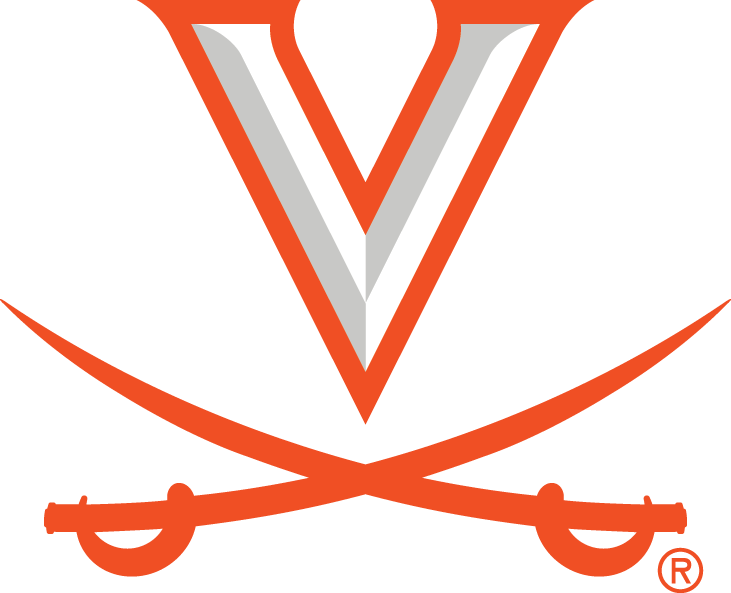By Jeff White (jwhite@virginia.edu)
VirginiaSports.com
CHARLOTTESVILLE – Fifty years ago this June, the University of Virginia men’s lacrosse team made history. The Cavaliers, whose head coach was 27-year-old Glenn Thiel, won the program’s first NCAA championship, defeating Johns Hopkins 13-12 in the title game at Byrd Stadium in College Park, Md.
“We had a special group of guys who could really, really play,” recalled Tom Duquette, a junior attackman on the 1972 team. “The combined lacrosse IQ of that team was unbelievably high.”
UVA has collected six more crowns since then: four under Dom Starsia (1999, 2003, 2006 and 2011) and two under current head coach Lars Tiffany (2019 and 2021). But the first NCAA title remains special, for countless reasons, and the 1972 team will be recognized, along with the 2011 team, Saturday at Klöckner Stadium, where No. 7 UVA meets No. 15 North Carolina in a 4 p.m. game that ESPNU will televise.
“We’ll parade out on the field in various stages of canes, wheelchairs and walkers,” Doug Tarring said, laughing.
Tarring was a senior attackman on the 1972 team, whose assistant coaches included his brother, Bob. The NCAA men’s lacrosse tournament has become a nationally televised affair whose final weekend often takes place in NFL stadiums, but it was in its infancy then.
Until 1971, the NCAA did not hold a tournament in men’s lacrosse. The U.S. Intercollegiate Lacrosse Association chose the national champion—or champions—at the end of each season.
In 1952, for example, the USILA had awarded the national title to Virginia, a first for the program. In 1970, the USILA recognized UVA, Hopkins and Navy as tri-champions.
In 1971, Virginia entered the inaugural NCAA tournament as one of the favorites, but bowed out with a first-round loss to Navy. The Wahoos came into 1972, their third season under Thiel, looking for redemption, but nearly missed the NCAA tournament.
“I believe we had the most talented team in the country, but we didn’t play to that level until the tournament,” Tarring said. “If you look at our season in ’72, we were kind of underachievers.”
Why that was the case is “the $64,000 question for which I don’t have any explanation,” said Duquette, who lives in Virginia Beach. “The margins were not great in those losses. We never got blown out, and we were in close games … There was nothing crazy. That happens when you play sports, and thankfully we got the chance to atone for some of those missteps in the tournament.”

Virginia closed the regular season against Washington & Lee in Lexington. A loss would have extinguished the Hoos’ hopes of making the eight-team NCAA tournament, and they trailed 7-3 early in the second half. But UVA rallied for a 10-9 victory, “and suddenly we’re now coming into [the NCAA] tournament via the back door,” Rodney Rullman recalled, “and I mean back door.”
Rullman’s brother, Charlie, had helped the Cavaliers win a share of the national title in 1970, his senior season. Rodney Rullman was a freshman on the 1972 team, and he split time in goal with classmate Scott Howe for most of the regular season. Rullman got the start against W&L, however, and his spectacular performance helped him lock down the job.
“It was one of those types of games that just fell into place,” said Rullman, who like Tarring lives in Charlottesville. “It was just one of those days that goaltenders don’t plan on.”
Rullman wasn’t the only freshman in Virginia’s lineup. Overall, though, the Cavaliers were an experienced team.
UVA’s veterans “carried me and gave me a certain kind of confidence that if I could just settle my own butt down and do my job, they would take care of business defensively and offensively,” said Rullman, who grew up on Long Island, N.Y.
“I had a damn good defense in front of me. I also had a damn good offense down at the other end of the field, and it kind of dawned on me that if I could just get my act together, freshman or not, and do my job, this defense and this offense would probably take me to the promised land, so to speak.”


